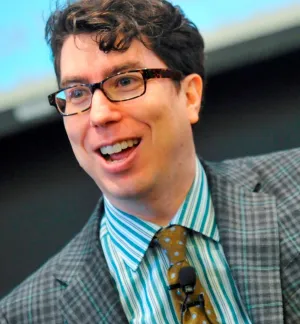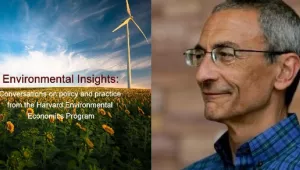Author
David Lazer
Author
Matthew A Baum
Author
Yochai Benkler
Author
Adam J Berinsky
Author
Kelly M. Greenhill

Author
Filippo Menczer
Author
Miriam J Metzger
Author
Brendan Nyhan
Author
Gordon Pennycook
Author
David Rothschild
Author
Michael Schudson
Author
Steven A Sloman
Author
Cass R. Sunstein
Author
Emily A Thorson
Author
Duncan J Watts
Author
Jonathan L Zittrain





